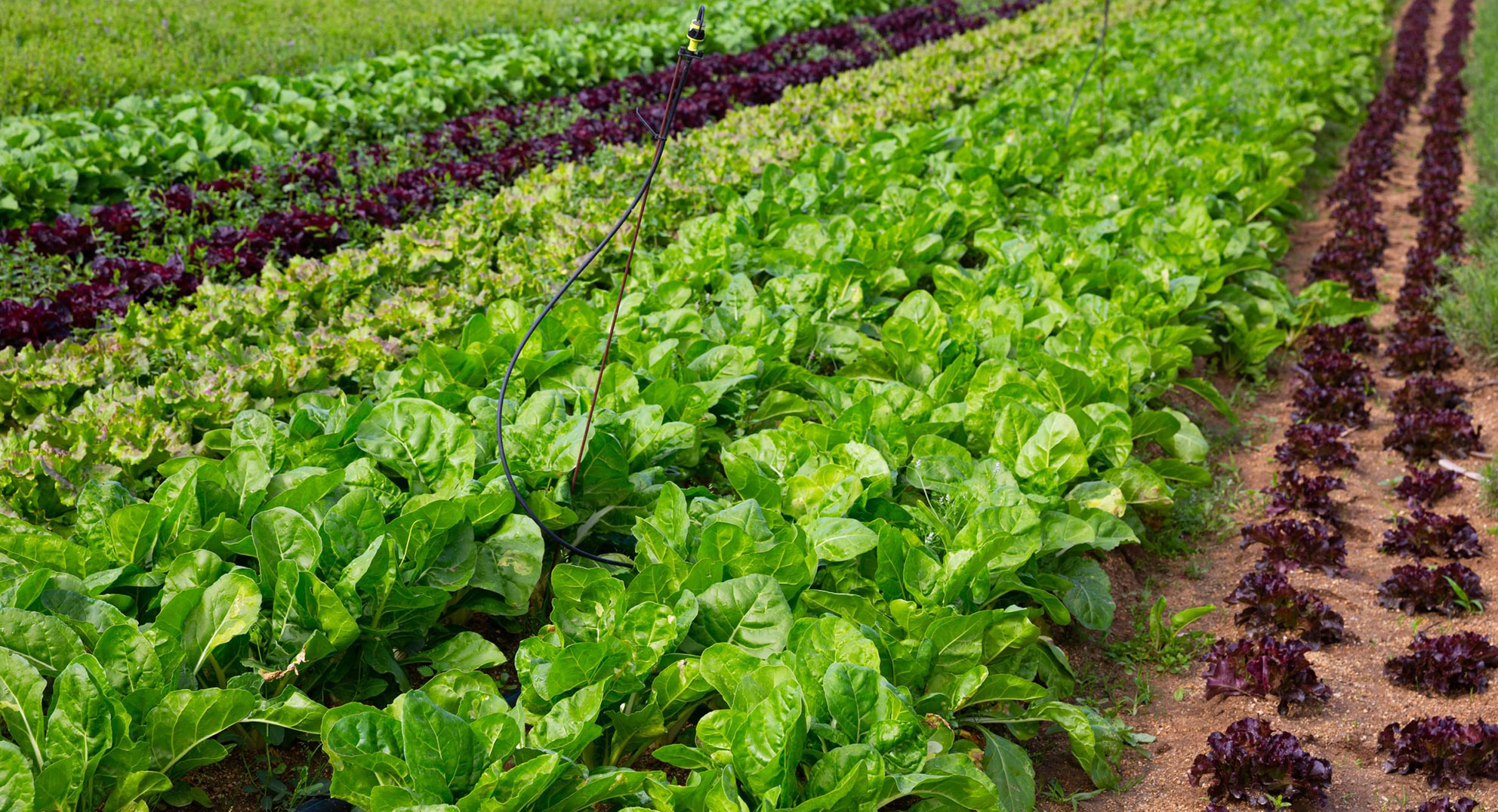Cyanobacteria toxin uptake in food crops and implications to human health

Research Lead
Shayne Faulkner
Contact
Faul0063@flinders.edu.auStatus
In Progress
Project Type
PhD
Timeframe
To be completed late 2025
Core Partners
Flinders University, SA Water
Affiliate Partners
Water Research Australia
Cyanobacteria, also known as blue-green algae, are ancient and diverse microorganisms crucial to the Earth’s carbon and oxygen cycles. They contribute significantly to photosynthesis but also harm ecosystems by reducing water quality, producing toxins, and disrupting aquatic life.
Microcystins, common toxins from cyanobacteria blooms, pose health risks if they accumulate in food crops, animals, or aquatic products. With the increasing use of recycled water for irrigation, the presence of cyanobacterial blooms in wastewater raises concerns, as standard treatment methods struggle to eliminate these toxins.
The World Health Organisation has set safety guidelines for microcystins in drinking water, but irrigation sources often exceed these limits due to eutrophication and climate change, which boost cyanobacterial blooms.
About this project
This project aims to resolve conflicting information about how crops absorb microcystins, facilitating the use of more diverse water sources for irrigation.
Understanding microcystin uptake could reduce reliance on freshwater and enhance water resource management. Additionally, pinpointing the conditions and thresholds for microcystin uptake will streamline testing protocols, reducing the costs of monitoring irrigation water and food crops.
The ultimate goal is to support sustainable agriculture, ensure food security, and mitigate health risks from microcystin contamination.
The project will thoroughly investigate microcystin uptake in food crops, focussing on how plants absorb and transport these toxins to edible parts. It will also assess the accumulation of microcystins in different plant components and their impact on crop yield and health. The findings will be used to create a comprehensive risk assessment for human health regarding the consumption of contaminated crops.
The research will involve growing lettuce in controlled conditions with pure microcystin exposure and analysing toxin levels in the shoots and roots. Field experiments with lettuce, tomato, radish, and broad bean will follow, using water containing natural microcystins throughout the growth period. By measuring microcystin levels in roots, fruits, leaves, and seeds, the project will quantify the toxin’s uptake and distribution in crops.
This data will inform food safety guidelines, dietary recommendations, and risk mitigation strategies, ensuring safer consumption of food crops irrigated with potentially contaminated water.
Outcomes
The goal of this project is to measure how much microcystin, a harmful toxin, gets into different food crops, especially in the parts we eat. By finding out both the internal and external levels of microcystin in these crops, we’ll understand how the toxin spreads within the plants. We’ll also figure out how much of these edible parts can be safely eaten without exceeding the safe intake levels set by health authorities. This information will be used to create a detailed risk assessment, helping to shape food safety guidelines, dietary recommendations, and strategies to reduce the risks of microcystin in our food.